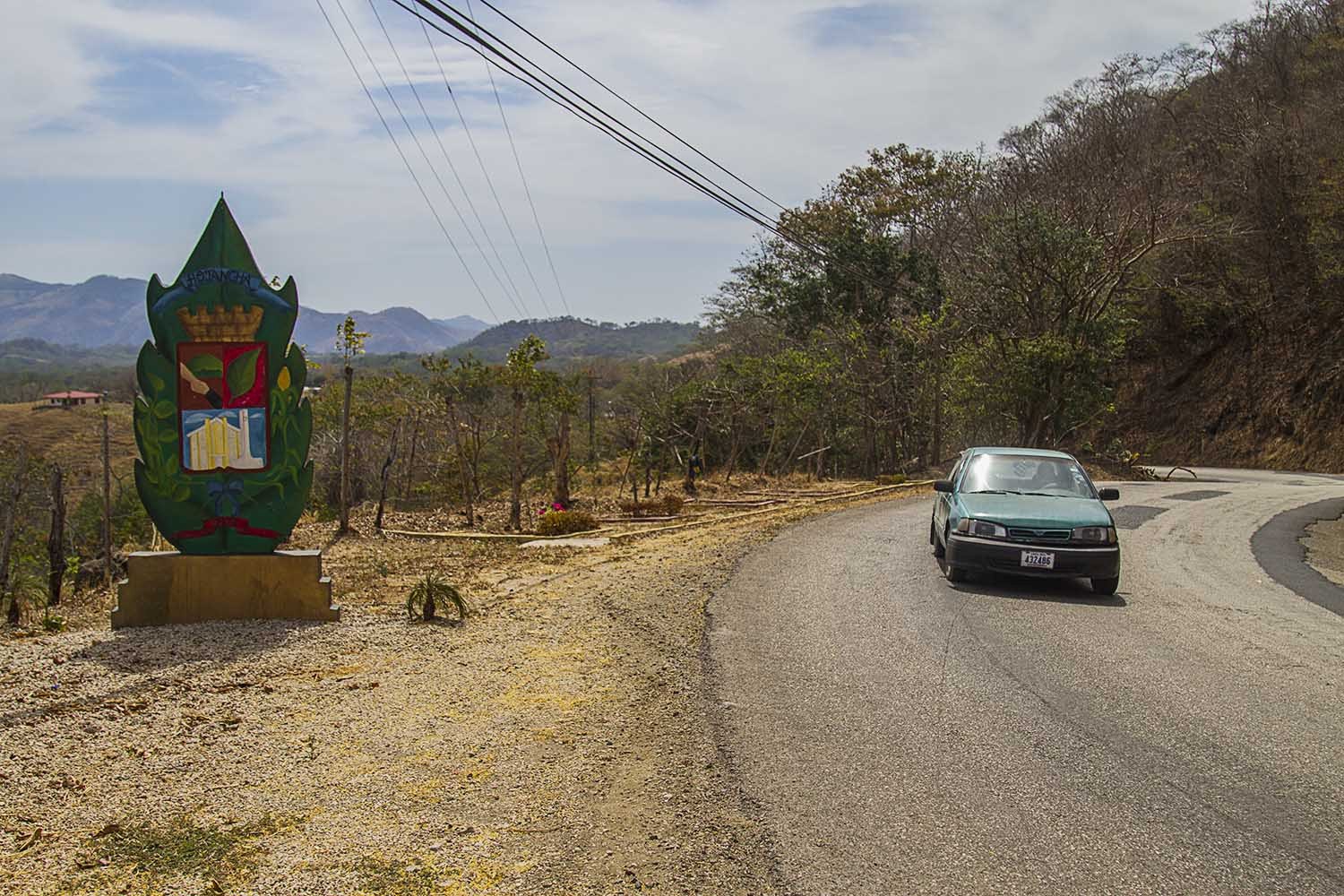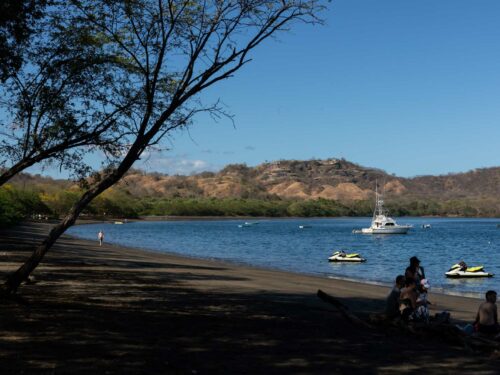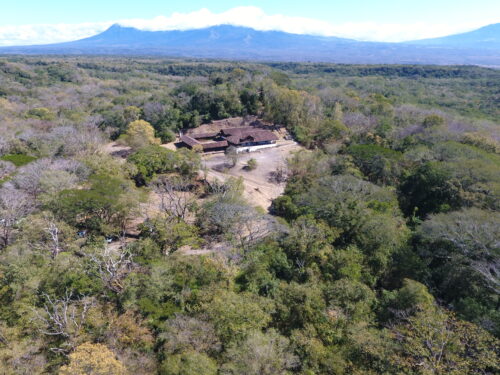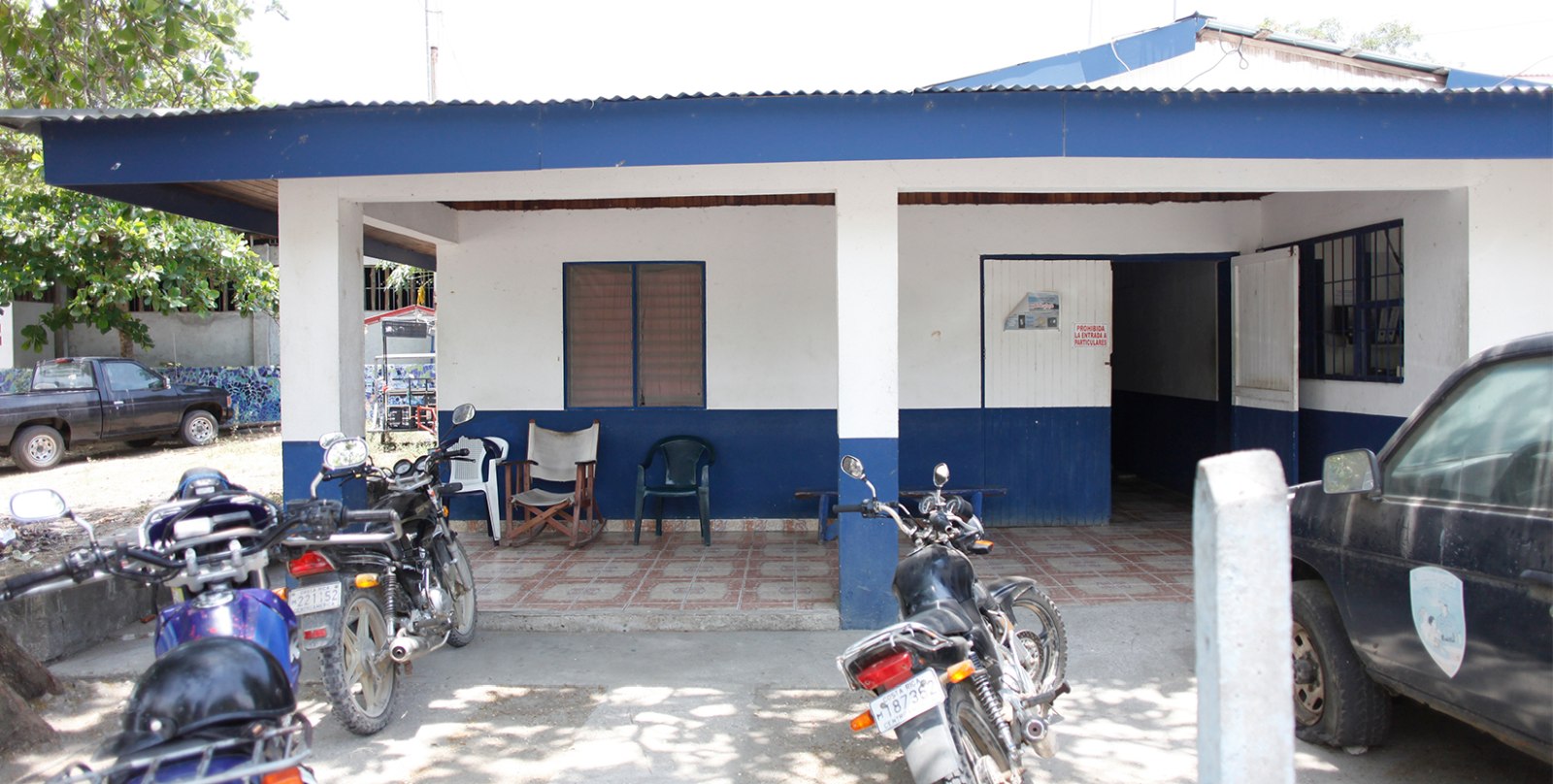
Hojancha, like any developing city, is exposed to various dangers, either by natural phenomena or social aspects. In an effort to measure and visualize these risk factors, a group of 19 students from the Vulnerability and Capability Analysis (AVC- Analisis de Vulnerabilidad y Capacidades) workshop did an assessment in the city, which showed that unemployment, crime and prostitution are seen as the main threats.
The study was based on the collection, analysis and systematization of information through fieldwork, which involved interviewing 186 people in order to measure public perceptions.
Marcos Ureña, one of the students who conducted the study, said they decided to carry out an independent study to assess the reality of the city.
“We did not want to rely on censuses done by some institutions because a lot of the time, these data do not reflect the reality of Hojancha, and we wanted to get real data,” Ureña said.
According to the results of the study, one of the weaknesses in the canton is unemployment, since this in turn leads young people to migrate in search of better living conditions.
According to Ureña, these conclusions are derived not only from the perception of people but also from the fact that, of all of the young ones who graduate from Hojancha’s high schools, at least 60% have to leave the canton to pursue a career since there are no local universities.
On the other hand, drug addiction and crime make up another risk due to both internal and external factors, since Hojancha residents perceive that many people come from other cantons to distribute and sell drugs.
Prostitution is another harmful thing that traps youth from the canton, and according to the study, the word prostitution was one of the words most often mentioned by the people surveyed.
According to Ureña, the study also allowed them to detect the strengths of the canton, such as halls and churches available for possible shelters in case of natural disasters, since these properties are well equipped and are suitable for temporary shelters if necessary.
Also, Ureña pointed out that the canton has several alternate routes in case the main way out is blocked by landslides or natural circumstances. In this case, access routes are available through Matambu, Puerto Carrillo, Nandayure, Caimital and Cerrillos. Most of the routes are gravel but in good condition.
To Kennya Campos, vice mayor and promoter of the training workshops, the results of this study allow the latent risk situations to be mapped and, from there, make it possible to coordinate prevention at the institutional level, working together with the community.







Comments